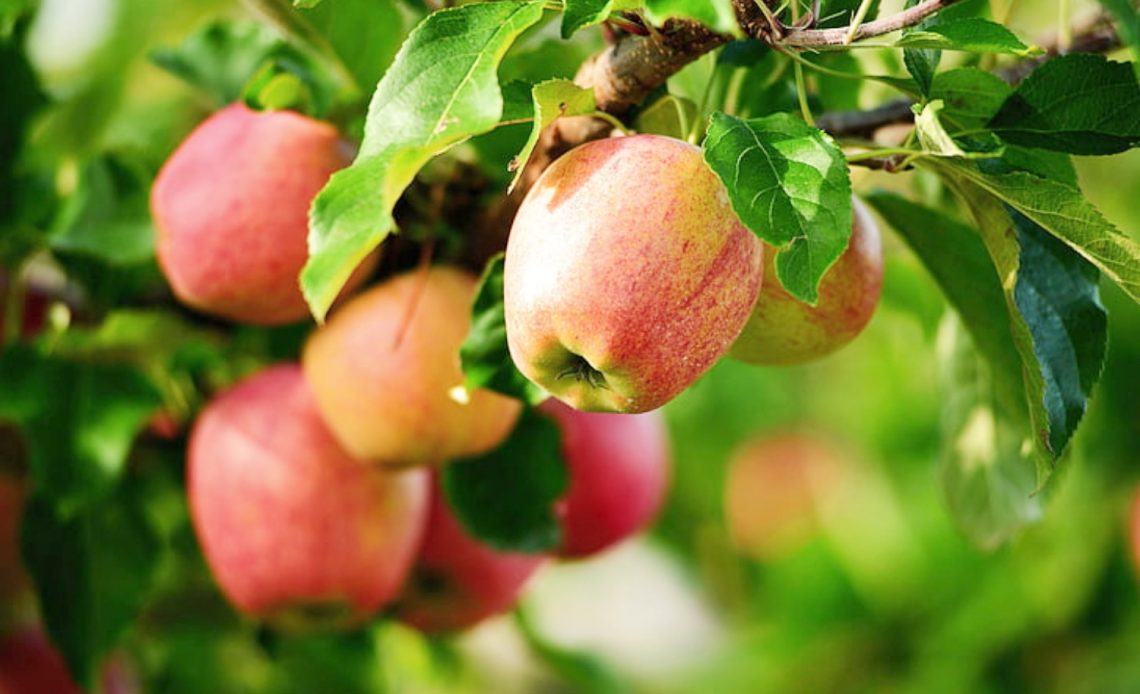

We’re here to help! Wild Yards is a completely free website that is 100% dedicated to helping you create a wildlife-friendly, sustainable yard. Read more
WildYards is reader-supported. When you buy a product through a link on our site, we may earn a comission. Every product is independently selected by our (obsessive) editors and our reviews are unbiased and objective. Read more about our mission or our privacy policy.
It’s important to fertilize the plants in your garden to keep them healthy and to encourage them to flower and produce delicious fruits.
But the wrong fertilizer can have adverse effects on your plants, stunting their development and drastically reducing crop yield.
In some cases, giving your plants the wrong fertilizer could kill them altogether.
If you’re looking for a fertilizer for the ornamentals in your flower beds and the fruits and vegetables in your garden, 10-20-10 is a good option.
But just what is a 10-20-10 fertilizer, and how should you use it in your garden?
A 10-20-10 fertilizer contains 10% nitrogen, 20% phosphorus, and 10% potassium. This fertilizer is an excellent choice for flowers, fruits, and vegetables because the added phosphorus supports healthy reproduction.
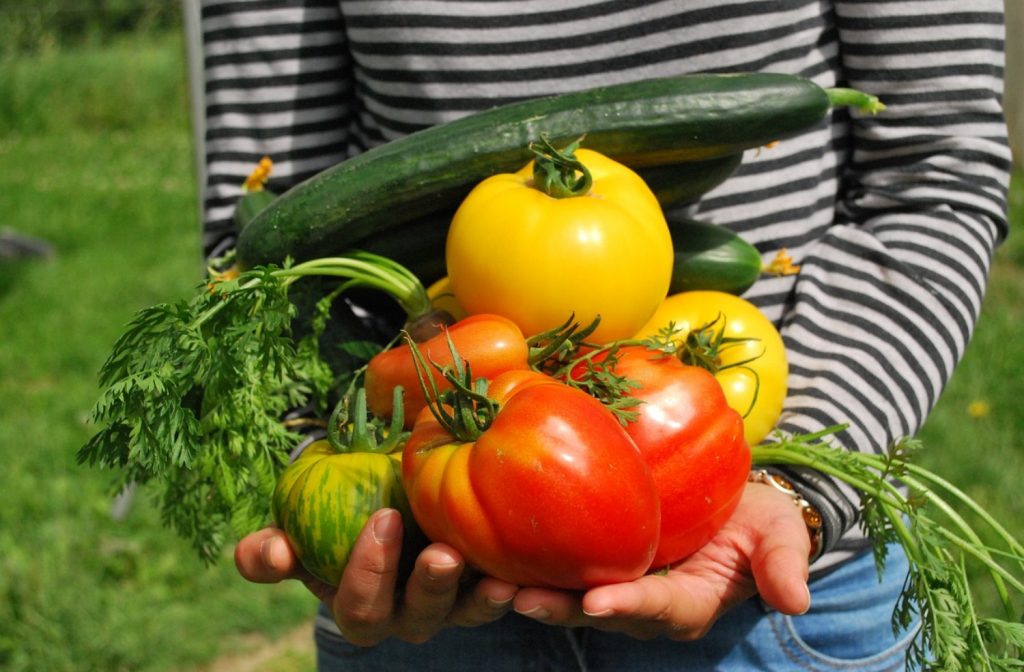
What do the numbers in 10-20-10 fertilizer stand for?
Reading a fertilizer label can be confusing at first. What do the three numbers stand for? And what do they mean for your garden?
The three numbers you see on a fertilizer label represent the percentages of nitrogen (N), phosphorus (P), and potassium (K) the fertilizer contains.
A 10-20-10 fertilizer contains 10% nitrogen, 20% phosphorus, and 10% potassium. The remaining percentage is comprised of filler material, like sand or gypsum.
Although plants rely on a broad spectrum of nutrients to stay healthy, nitrogen, phosphorus, and potassium play the most pivotal roles in plant health.
Let’s take a look at each of these nutrients and how they help your plants.
Nitrogen
Of the three macronutrients synthetic fertilizers contain, nitrogen is the most important.
Nitrogen is a key component of chlorophyll, the green-pigmented compound that plants rely on to turn sunlight into energy for themselves.
Nitrogen is also used to produce amino acids, which are building blocks for proteins.
These proteins add strength to the plant’s various tissues, so their leaves and stems don’t suffer damage from the elements.
Plants rely on nitrogen to execute a variety of metabolic functions, including absorption and transpiration.
Nitrogen is also used to produce nucleic acids, giving plants the ability to replicate their DNA so they can continue to grow and reproduce.
Without nitrogen, plants are unable to photosynthesize. This results in stunted growth and yellowing foliage.
Nitrogen deficiency affects the oldest leaves of the plant first. Leaves turn yellow and then brown before falling off. Nitrogen-deficient plants may also produce fruits and leaves that are smaller than normal.
Phosphorus
Phosphorus plays a pivotal role in a plant’s reproductive cycle, allowing plants to produce nectar and pollen-rich flowers, and healthy, delicious fruits.
Plants rely on phosphorus to photosynthesize, metabolize sugars, and store and transfer energy. This element is also essential for cell division and development.
Adequate levels of phosphorus enable plants to use water and energy efficiently.
Phosphorus improves a plant’s disease resistance, while also enabling plants to recover quickly from extreme temperatures and droughts.
Seedlings and newly transplanted plants rely on adequate levels of phosphorus to help them get established quickly, as phosphorus promotes root growth and development.
Without phosphorus, plants are unable to produce new shoots and remain stunted. Plants may also fail to make flowers and fruits. The flowers and fruits they do produce will likely be small and of low quality.
Young plants may fail to mature, and newly transplanted plants may never recover from the transplanting process, dying shortly after being moved.
Other signs of phosphorus deficiency in plants include dark blue-green foliage or red-brown foliage near the base of the plant.
Potassium
Potassium is responsible for transferring water, carbohydrates, and energy to various parts of the plant.
This macronutrient plays a crucial role in a plant’s stress resistance, allowing plants to survive extreme conditions, like droughts, floods, extreme heat, and low temperatures.
Potassium is also involved in enzyme activation and influences how much starch and protein plants produce for themselves.
Without potassium, plants are at risk of losing more water through respiration.
Adequate potassium regulates the opening and closing of the stomata and is essential to protect plants from excessive moisture loss.
Potassium also promotes a strong immune system, helping plants resist diseases and insect infestations
Symptoms of potassium deficiency in plants include brown, burnt-looking leaf edges, and a tendency to wilt on warm days, even in spite of adequate watering.
Older leaves develop yellow or orange spots. Foliage turns yellow starting from the outer edges with the color working its way inward. Leaves become discolored, dry, crunchy, and curled.
Which plants benefit from 10-20-10 fertilizer?
A 10-20-10 fertilizer contains low doses of nitrogen and potassium and a relatively higher dose of phosphorus. For this reason, it’s often used to feed fruits and vegetables to encourage the plants to bloom and begin fruiting.
Vegetables, tubers, fruit shrubs, fruit vines, and fruit trees benefit from being fed 10-20-10 fertilizer.
You can use 10-20-10 to fertilize gourds and melons, including pumpkins, squash, watermelon, cantaloupe, and honeydew melons.
This fertilizer is also appropriate for tomatoes, peppers, eggplants, and root veggies like potatoes, carrots, and radishes.
A 10-20-10 fertilizer helps fruit vines, fruit shrubs, and fruit trees shift gears from producing shoots and leaves to making flowers and fruits.
Seedlings also perform better when fed 10-20-10. The extra dose of phosphorus helps young plants get established quickly.
You can use 10-20-10 to help older plants recover from transplanting as well.
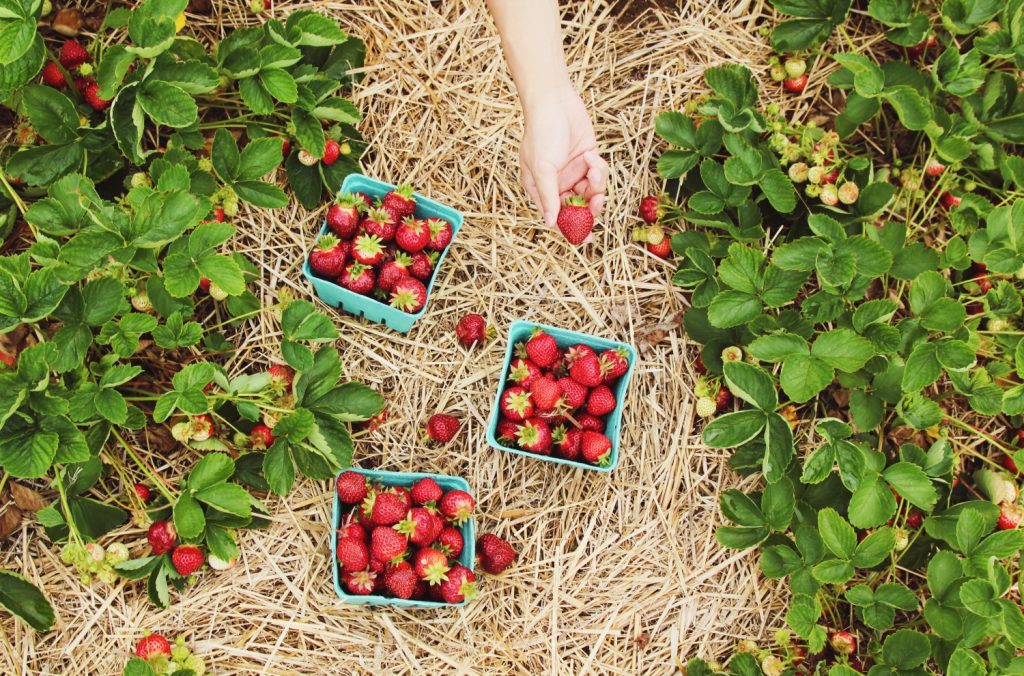
Can you use 10-20-10 fertilizer to feed flowers and ornamental plants?
Although annual flowers, like marigolds and borage, typically do not benefit from being fed 10-20-10, this is a good choice of fertilizer for perennial flowering ornamentals.
Roses, peonies, hydrangeas, azaleas, and rhododendrons have high nutrient requirements.
Feeding these plants with 10-20-10 periodically throughout the blooming season allows them to continue producing beautiful flowers.
Fertilizing your flowering ornamentals regularly doesn’t just keep the plants healthy, but it also provides local pollinators with additional food sources.
You can use 10-20-10 to feed bulb flowers as well. Snapdragons, tulips, daffodils, and gladioli all perform better when fed an extra dose of phosphorus.
Always test your soil before applying fertilizer to avoid over-feeding your plants. This is especially true if you amended your soil with organic fertilizers prior to planting.
Mulch can also influence soil NPK ratios. Organic mulches, like cedar mulch, can pull nitrogen from the soil as they break down.
So double-check your soil’s nutritional makeup before feeding your flowers to avoid causing any damage.
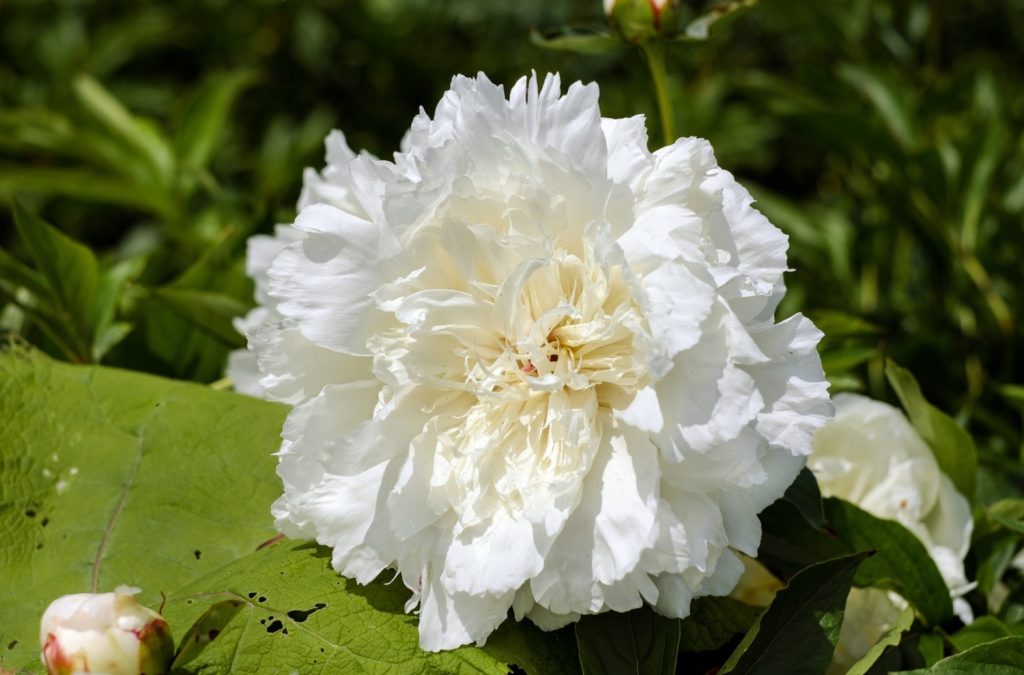
Can you use 10-20-10 to feed lawns and non-flowering trees and shrubs?
Although 10-20-10 fertilizer is great for flowering plants, it’s not a good choice for lawns, trees, or shrubs.
Turf grasses need plenty of nitrogen to produce thick, green foliage. A high-phosphorus fertilizer like 10-20-10 can stunt their growth.
Likewise, non-flowering trees and shrubs have no real need for extra phosphorus.
Elevating soil levels of phosphorus creates a relative nitrogen deficiency that can contribute to poor development and yellowing foliage.
If you’re looking for a fertilizer for your lawn and non-flowering trees and shrubs, you’re better off choosing a high-nitrogen fertilizer.
Look for 16-4-8 fertilizer, instead. This fertilizer will give your plants all of the nutrients they need to produce new shoots.
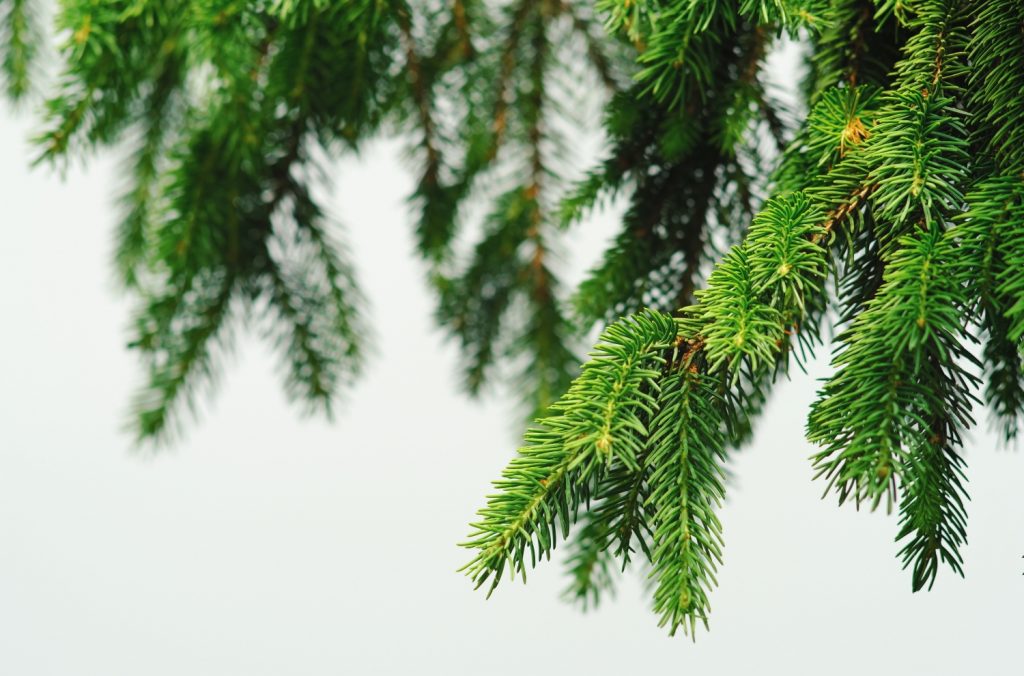
Can you use 10-20-10 fertilizer to feed houseplants?
Just as 10-20-10 is not a good choice for lawns and non-flowering plants, it’s also not a good option for houseplants.
This type of fertilizer contains high amounts of phosphorus, much higher than most houseplants require to stay healthy.
If you need to feed your houseplants, and 10-20-10 is all you have on hand, you can dilute it by ¼ or ½ and use that to feed your indoor plants.
Only use this mixture to feed flowering plants, however, as the extra phosphorus could prevent non-flowering indoor plants from growing well.
Overall, low-dose fertilizers like 1-1-1, 2-2-2, and 3-3-3, which contain equal doses of nitrogen, phosphorus, and potassium, are much better options for houseplants.
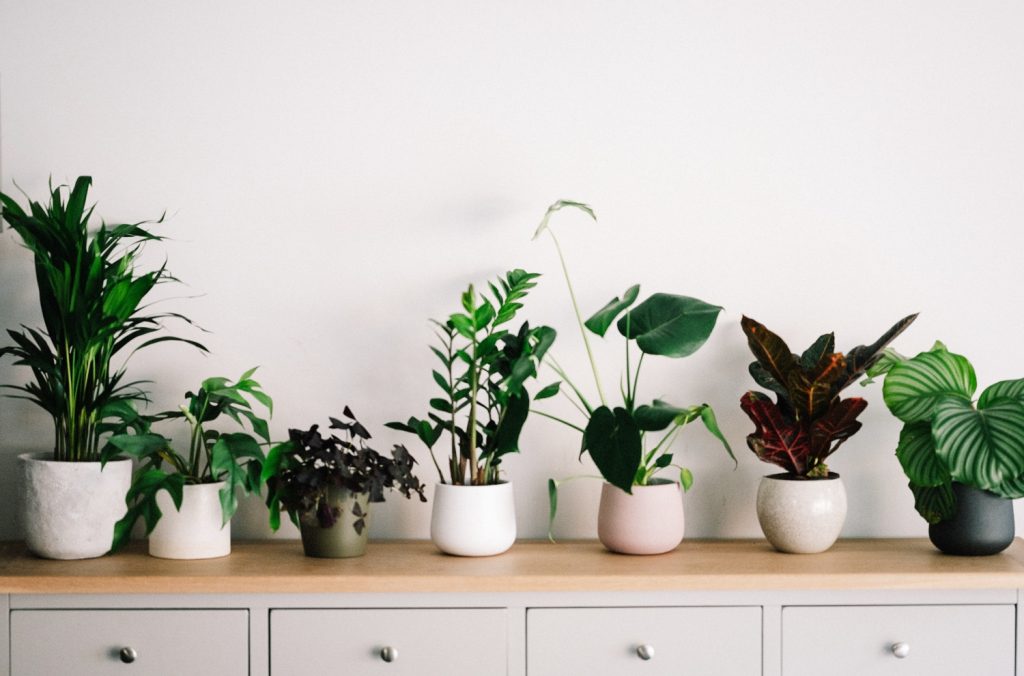
Which type of 10-20-10 fertilizer is right for your garden?
How you use 10-20-10 fertilizer depends on which type you purchase. Different kinds of 10-20-10 have different release rates and different uses.
Understanding how different types of 10-20-10 fertilizer work allows you to choose the best one for your plants.
Liquid
A liquid 10-20-10 fertilizer will keep the plants in your garden fed for about 2 to 4 weeks.
This is a great choice for potted plants and plants growing in raised beds because it’s easy to spot-treat individual plants.
Liquid fertilizers can be somewhat expensive compared to other fertilizers, but their ease of use makes them well worth the extra cost.
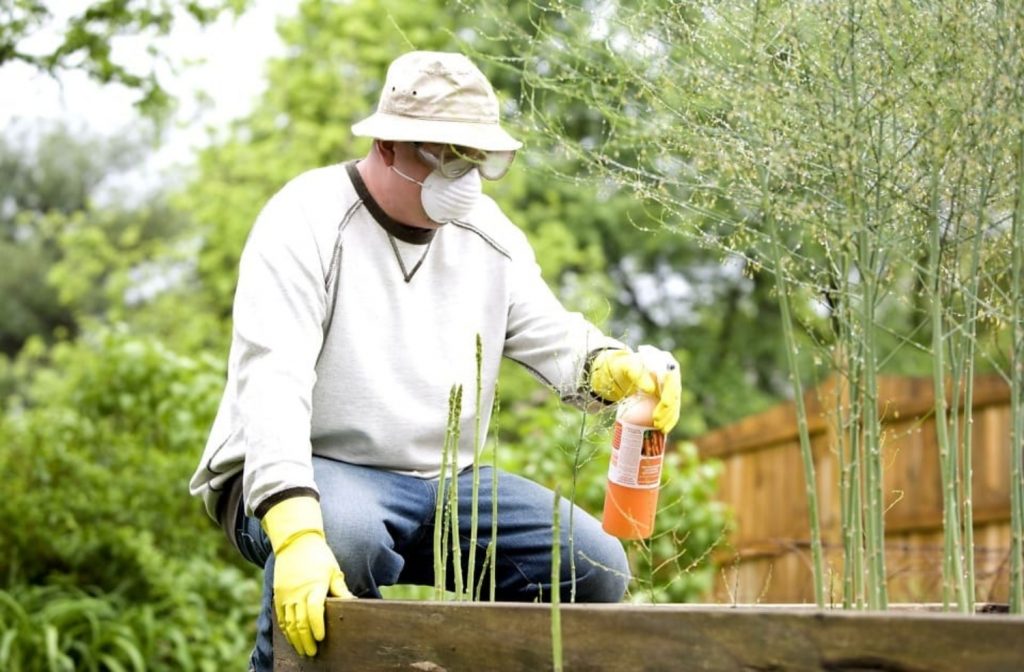
Water-soluble
A powdered fertilizer designed to be mixed with water, water-soluble fertilizers are fast-acting and the perfect choice for plants that are showing signs of nutritional deficiencies.
Water-soluble fertilizers work just like liquid fertilizers, but they tend to be cheaper and are usually easier to find.
Water-soluble fertilizers will keep your plants fed for 2 to 4 weeks on average. You can sprinkle the fertilizer around individual plants immediately before watering, instead of mixing the fertilizer with water.
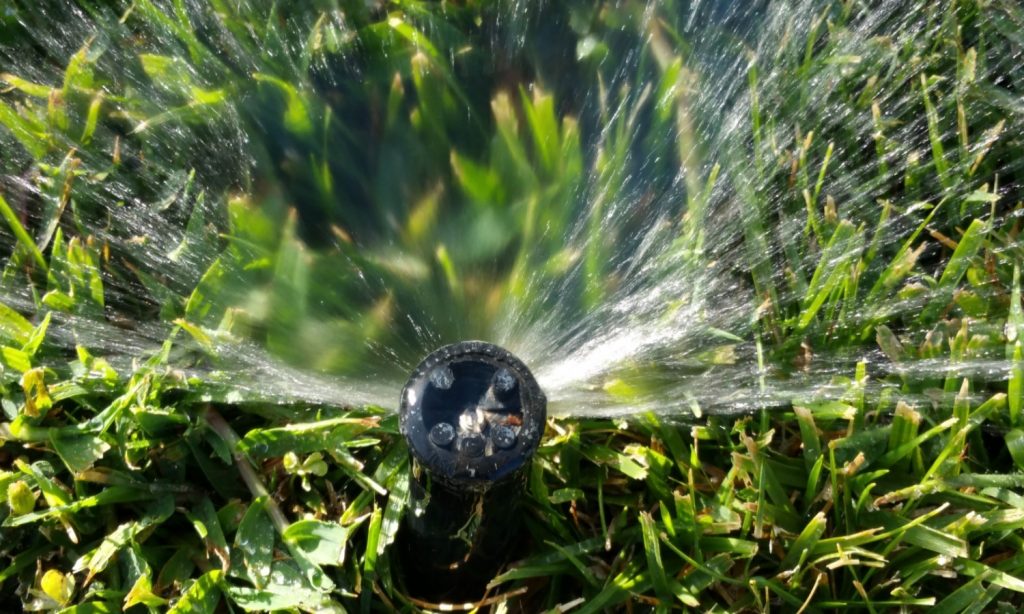
Granular
These fertilizers are made up of tiny granules that look like small rocks.
The granules should be worked into the upper 3” of soil around the plants and watered well after application to kickstart the breakdown process.
Granular fertilizers are a good middle-of-the-road option. They’re usually less expensive than liquid fertilizers, but slightly more expensive than water-soluble ones.
Granular fertilizers last longer than liquid types. This kind of fertilizer will last anywhere from 3 to 6 months on average.
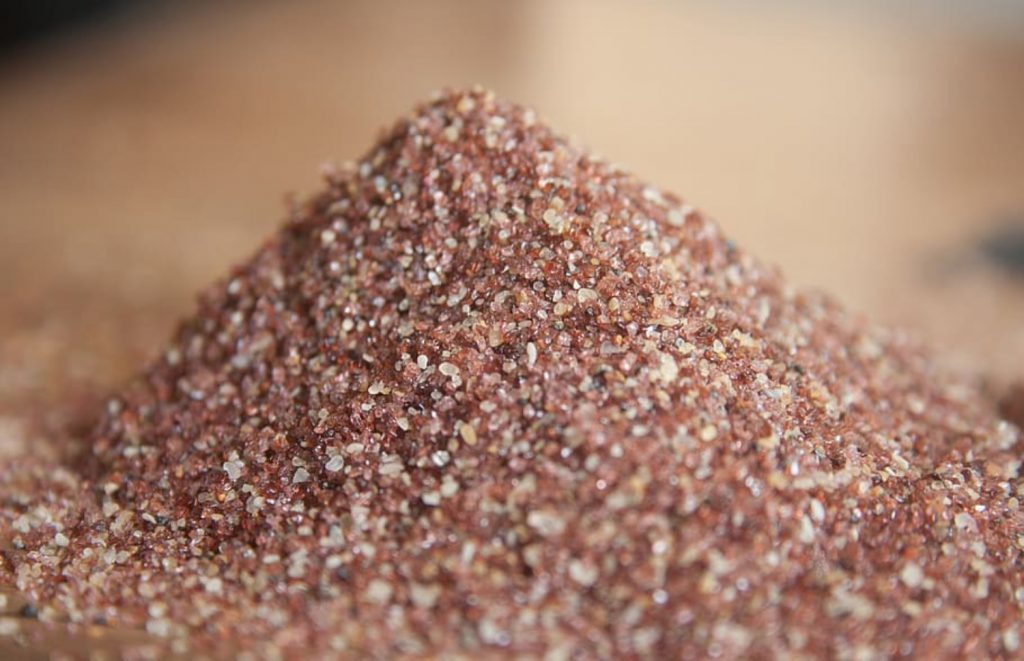
Slow-release
Similar to granular fertilizers, slow-release fertilizers are pelleted, and designed to break down over a period of months.
The pellets are covered in a coating. Only once the coating begins to dissolve, roughly a week after application, does the fertilizer begin releasing nutrients.
A slow-release fertilizer can keep the plants in your garden fed for up to 12 months, depending on the brand. Others may only last 3 to 6 months.
Because these types of fertilizers are of much higher quality than liquid and water-soluble, they also tend to be much more expensive.
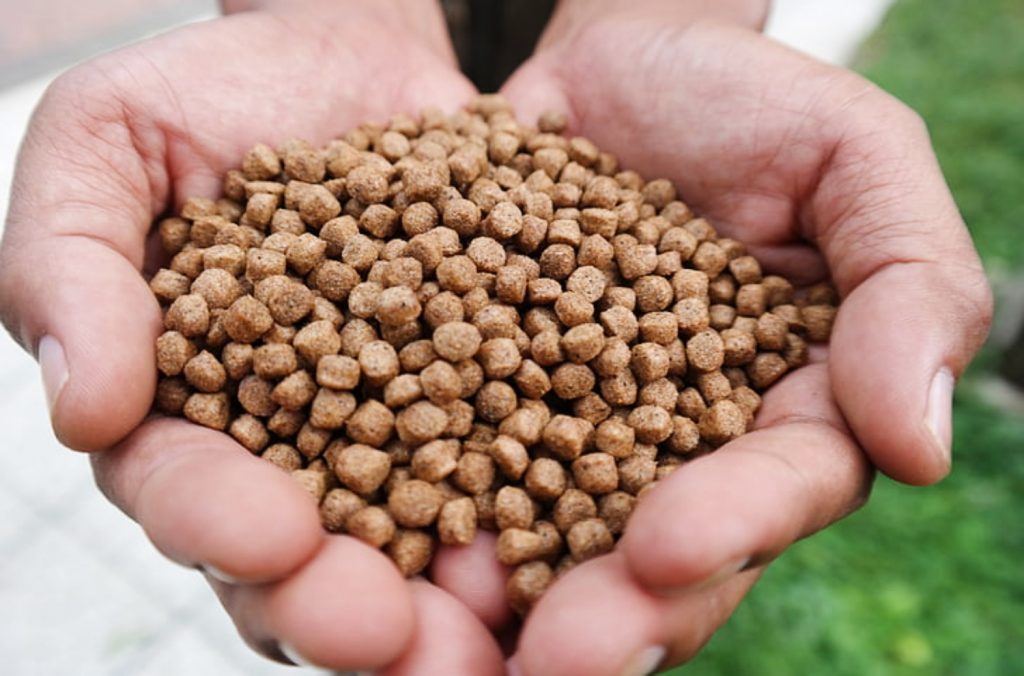
When should you apply 10-20-10 fertilizer?
It’s best to apply 10-20-10 fertilizer in the spring before your fruits and veggies begin flowering.
You can also apply the fertilizer shortly after the first set of flowers appear.
Feeding plants before the start of the flowering season ensures they have ready access to all of the nutrients they need to produce healthy blossoms — and plenty of them.
Adequate phosphorus levels will also help your plants produce healthy, high-quality fruits that have a uniform appearance and great texture.
Phosphorus keeps fruits strong so they don’t develop holes or rot. So feeding your plants 10-20-10 prior to their reproductive phase will help ensure you get a crop worth harvesting.
A 10-20-10 fertilizer should be used to feed seedlings, especially after transplantation, to help the plants develop strong root systems. Mature plants benefit from 10-20-10 fertilizer during transplantation as well.
Depending on which type of fertilizer you choose, you may need to reapply 10-20-10 throughout the flowering/fruiting season so your plants can continue producing.
Use a soil test to check the NPK ratio of your soil regularly. Avoid over-applying any fertilizer, as this can result in nutritional imbalances that can be detrimental to your garden’s health.
You can apply 10-20-10 fertilizers from spring to summer. But avoid applying any fertilizers during late fall and winter.
As plants go dormant, they have no need for extra nutrients.
Spraying fertilizers on plants that can’t use them leads to nitrogen burn, which can kill your plants or severely stunt their growth the following season.
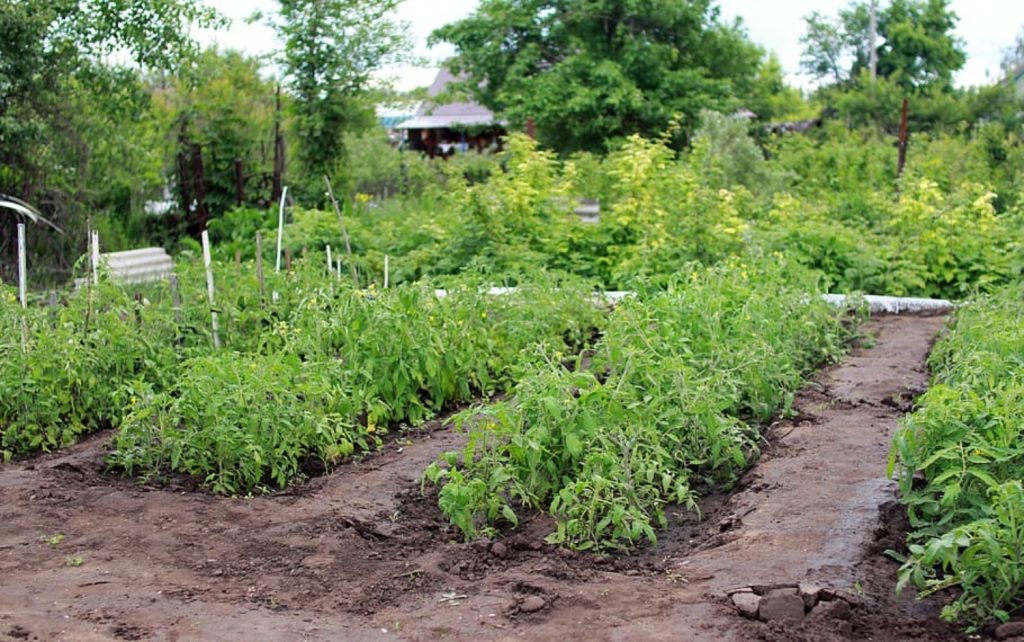
More tips for using 10-20-10 fertilizer in your garden
Overall, 10-20-10 is an excellent all-purpose choice of fertilizer for fruits, vegetables, and flowering plants.
Every brand does things differently, so be sure to check the directions on the back of your fertilizer’s packaging before application.
If you’re committed to going organic, you can create your own fertilizer by mixing small amounts of high-nitrogen and high-potassium materials, like bat guano and potash, with moderate doses of high-phosphorus materials, like rock phosphate.
Whichever type of 10-20-10 fertilizer you choose, ensuring your flowering and fruiting plants have a steady supply of nutrients will help them create gorgeous, vivid blooms and delicious fruits all season long.
